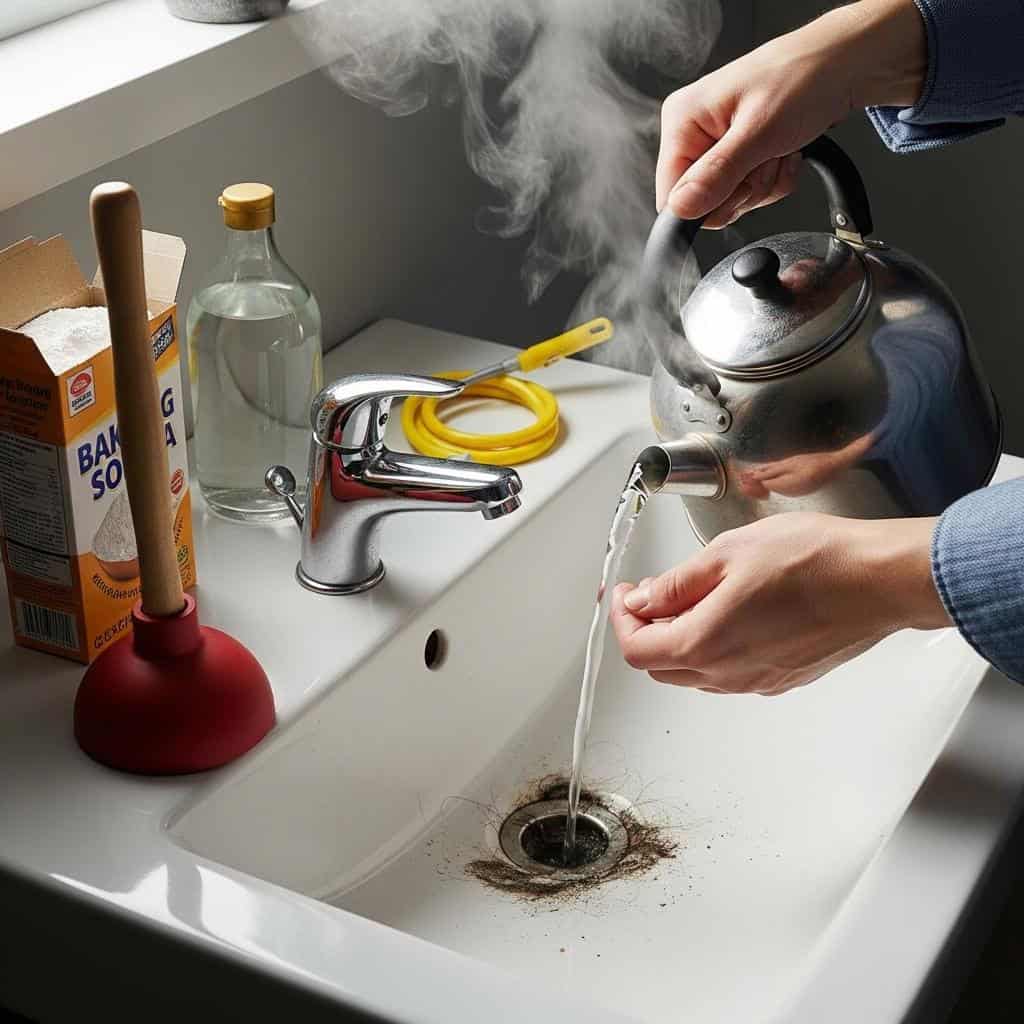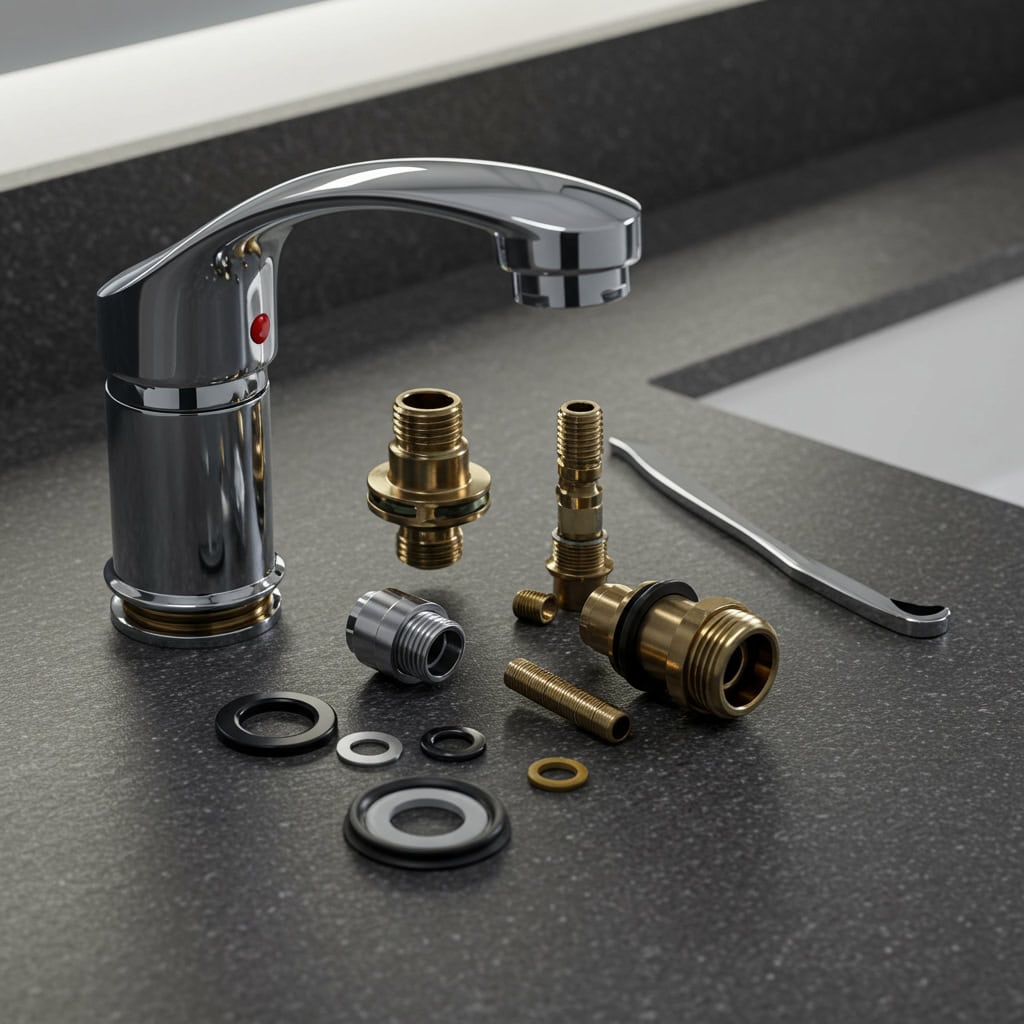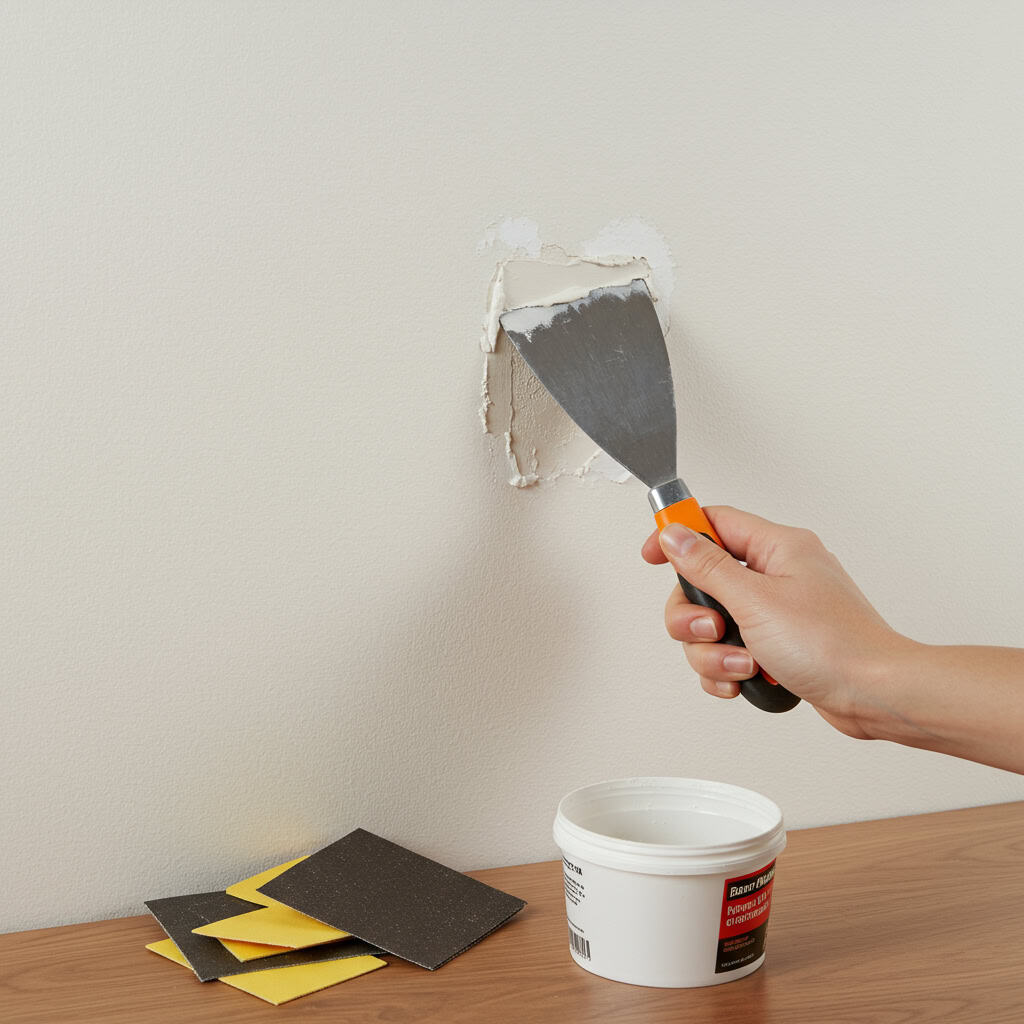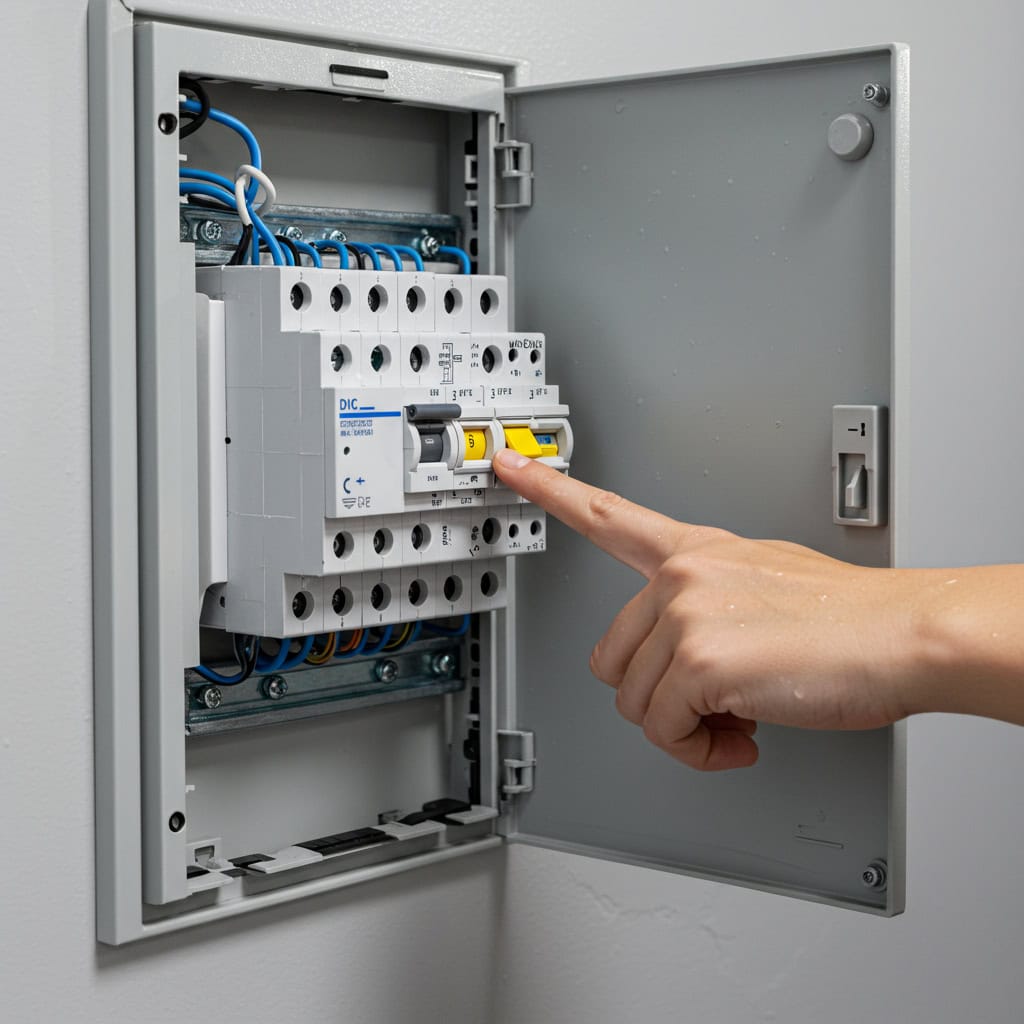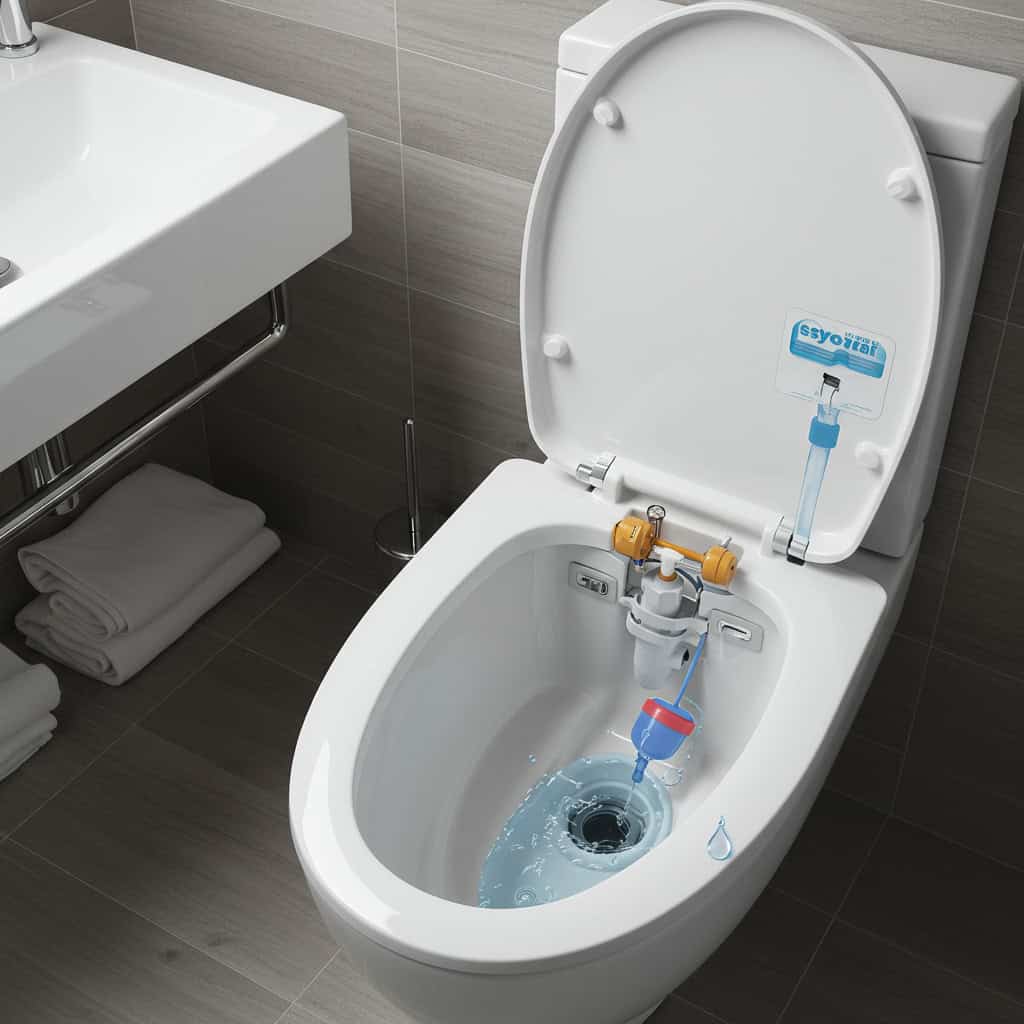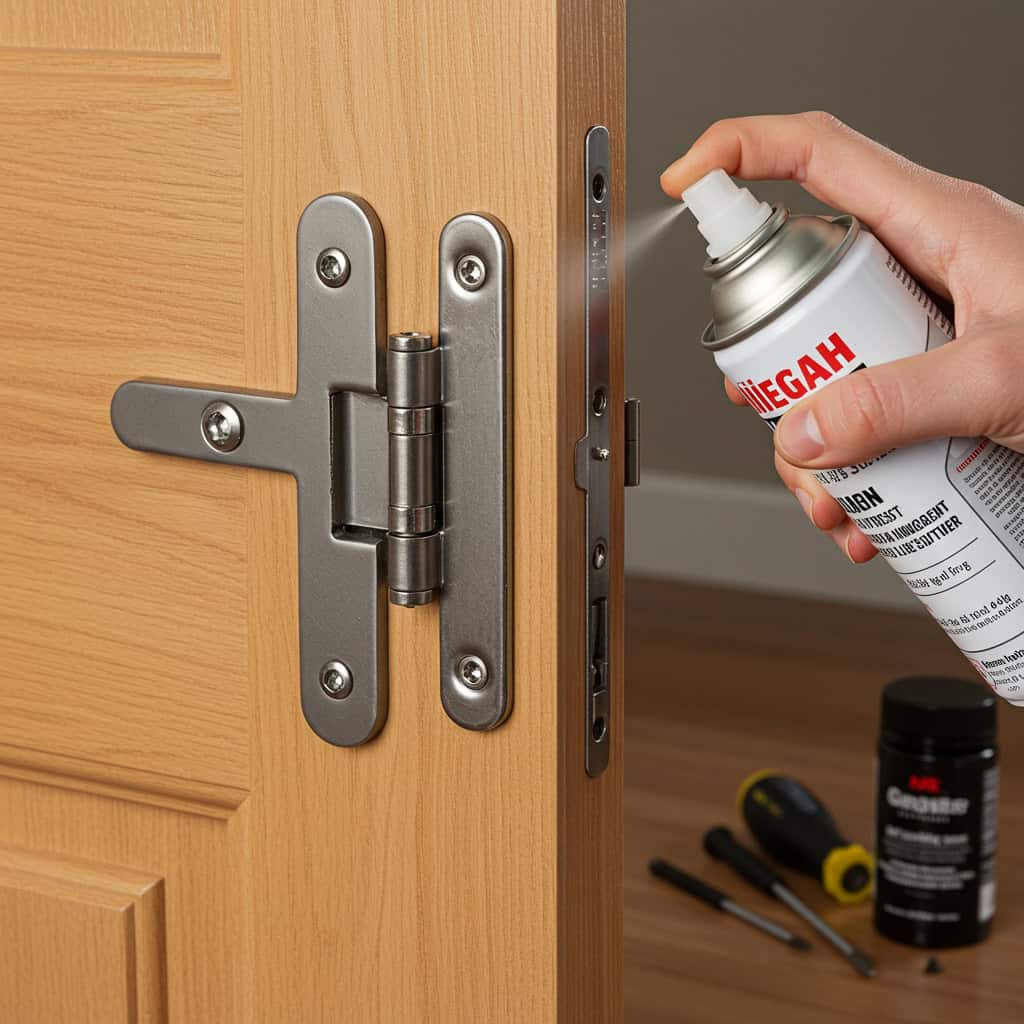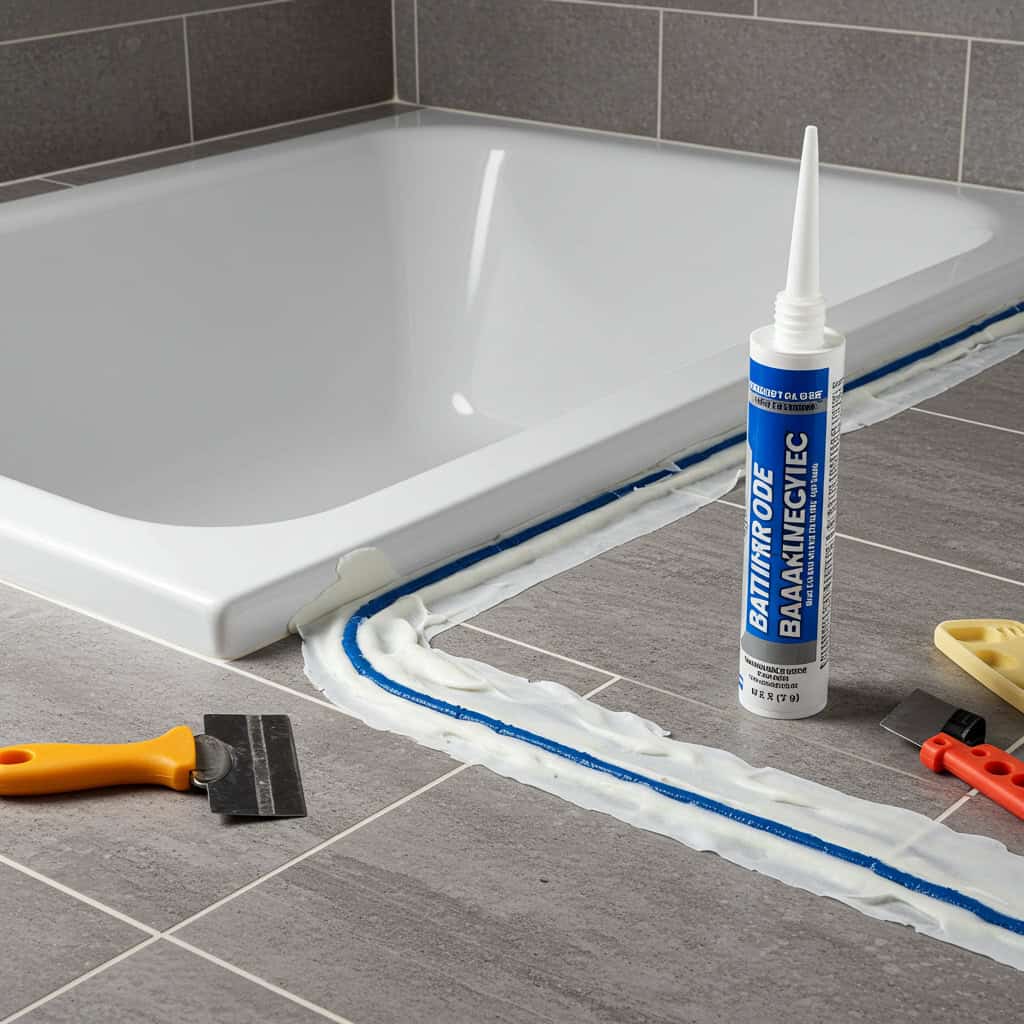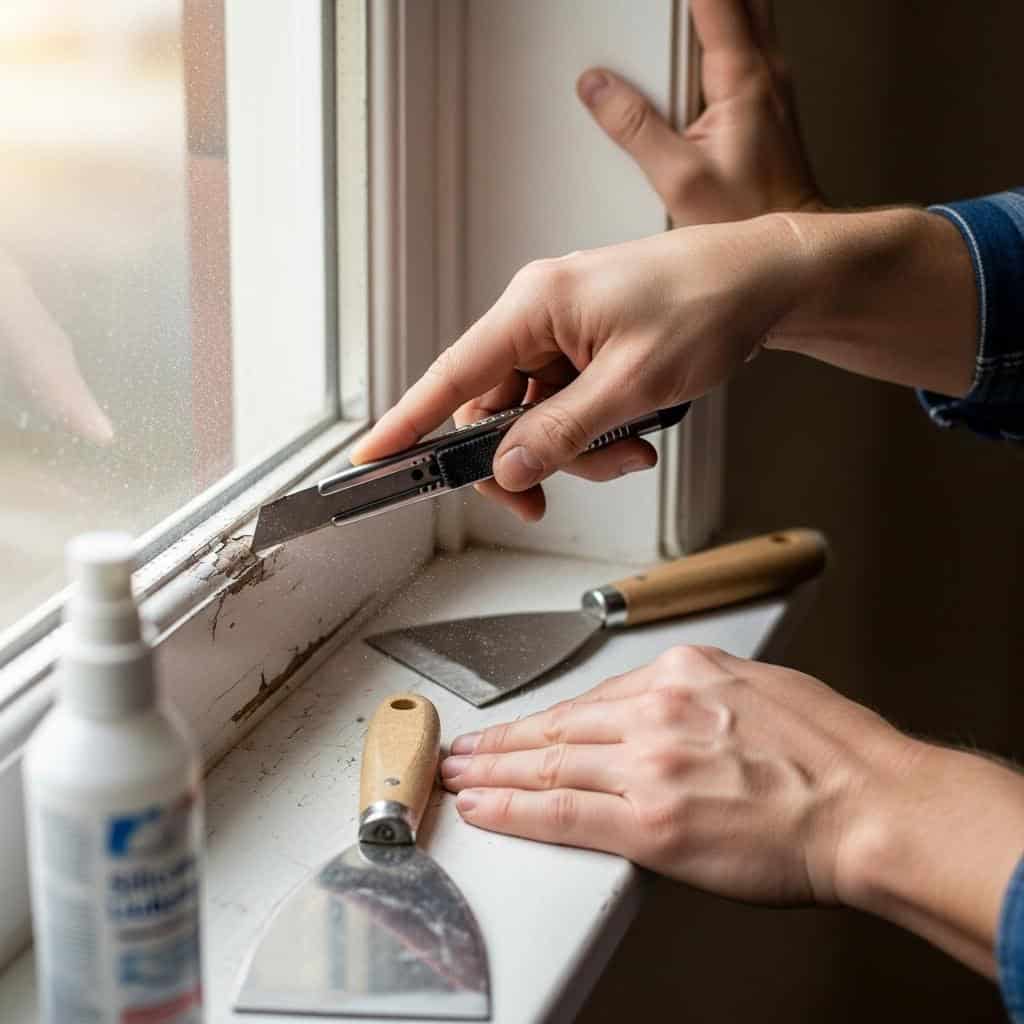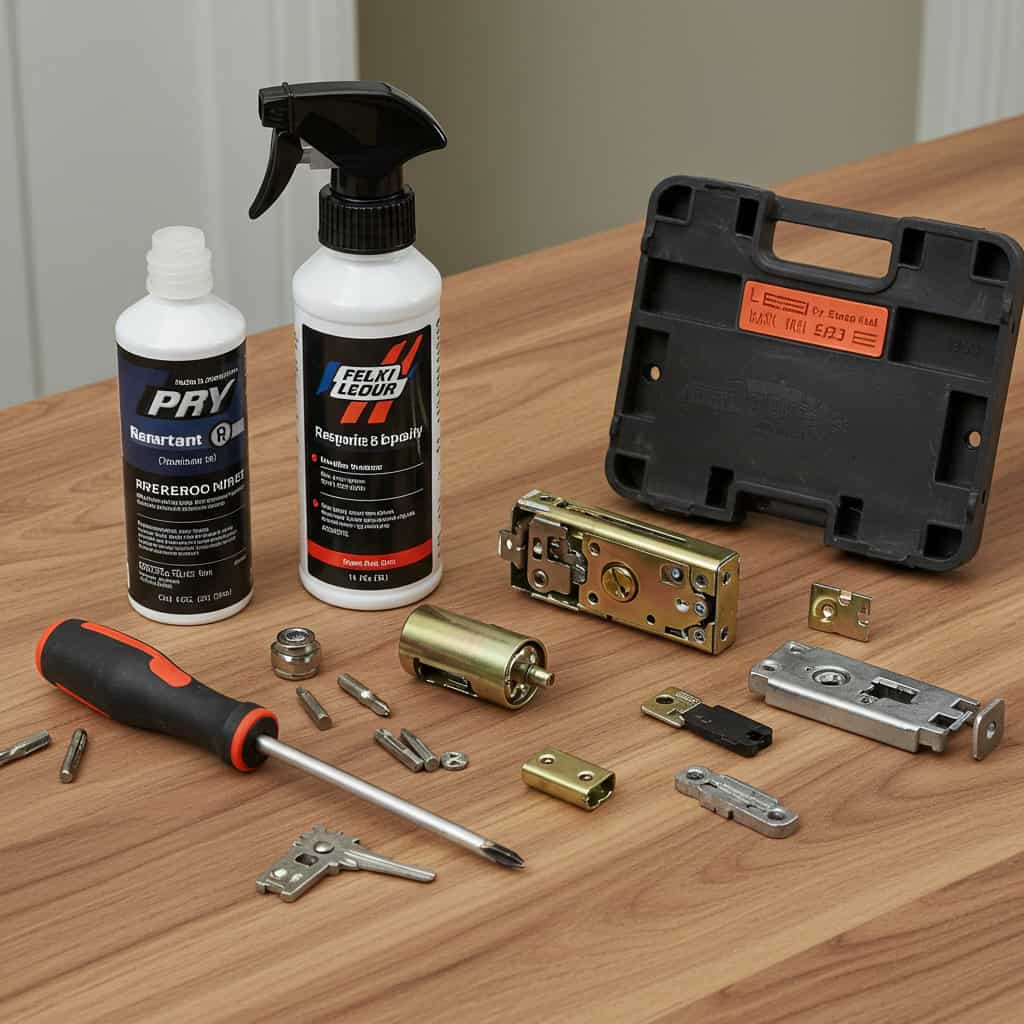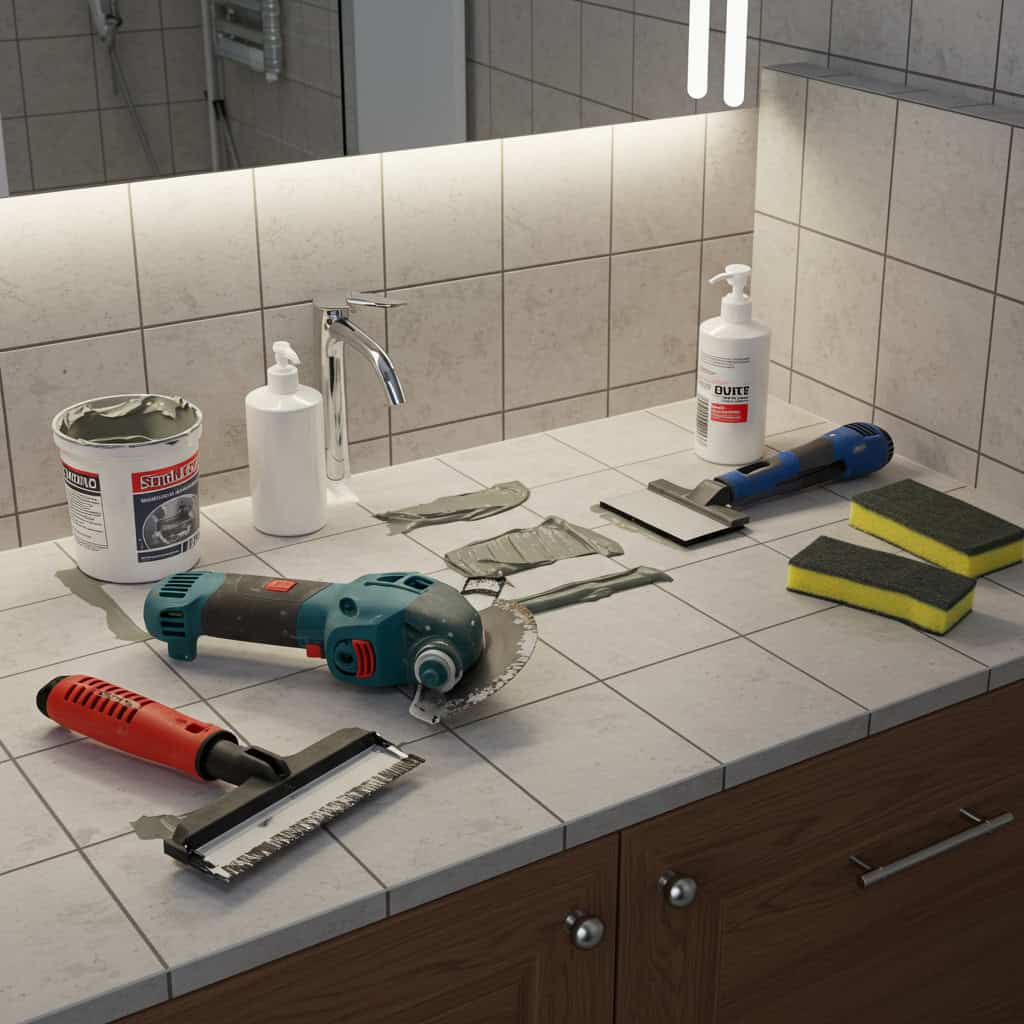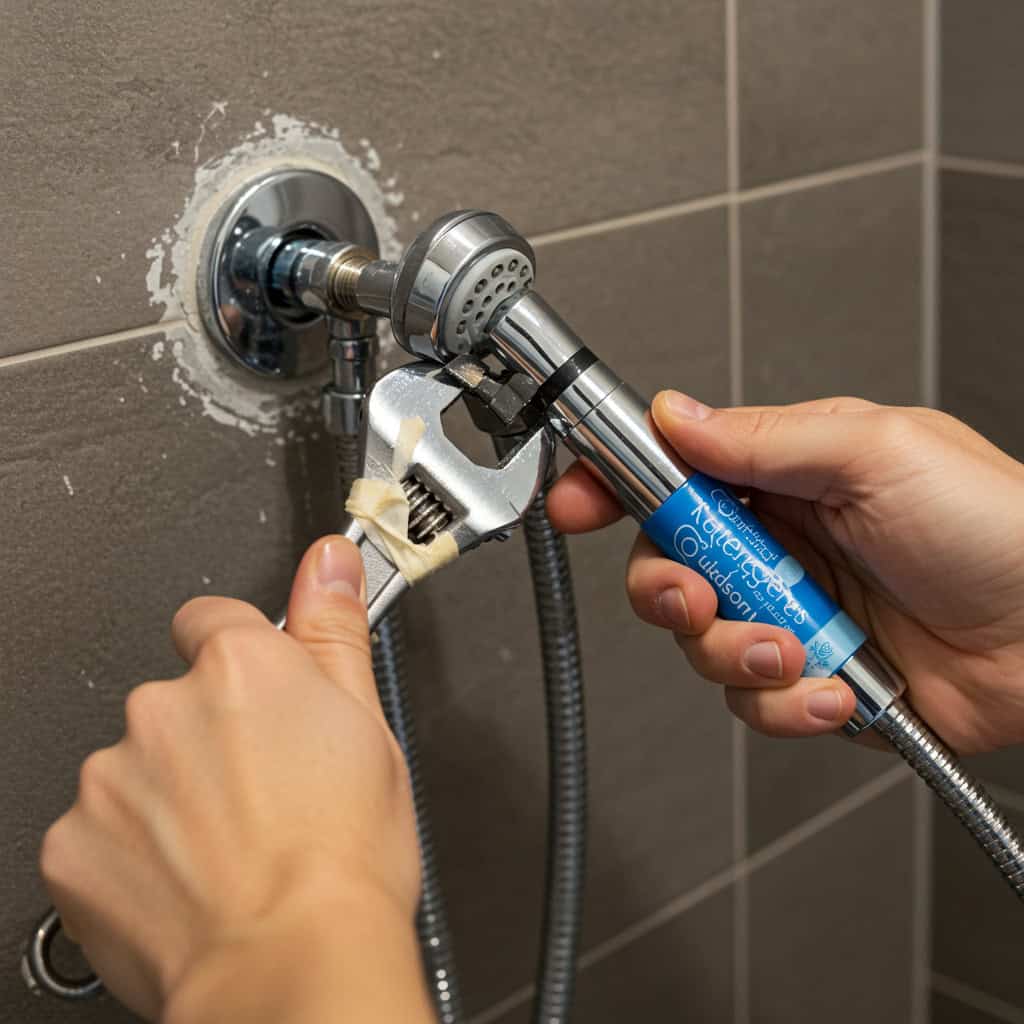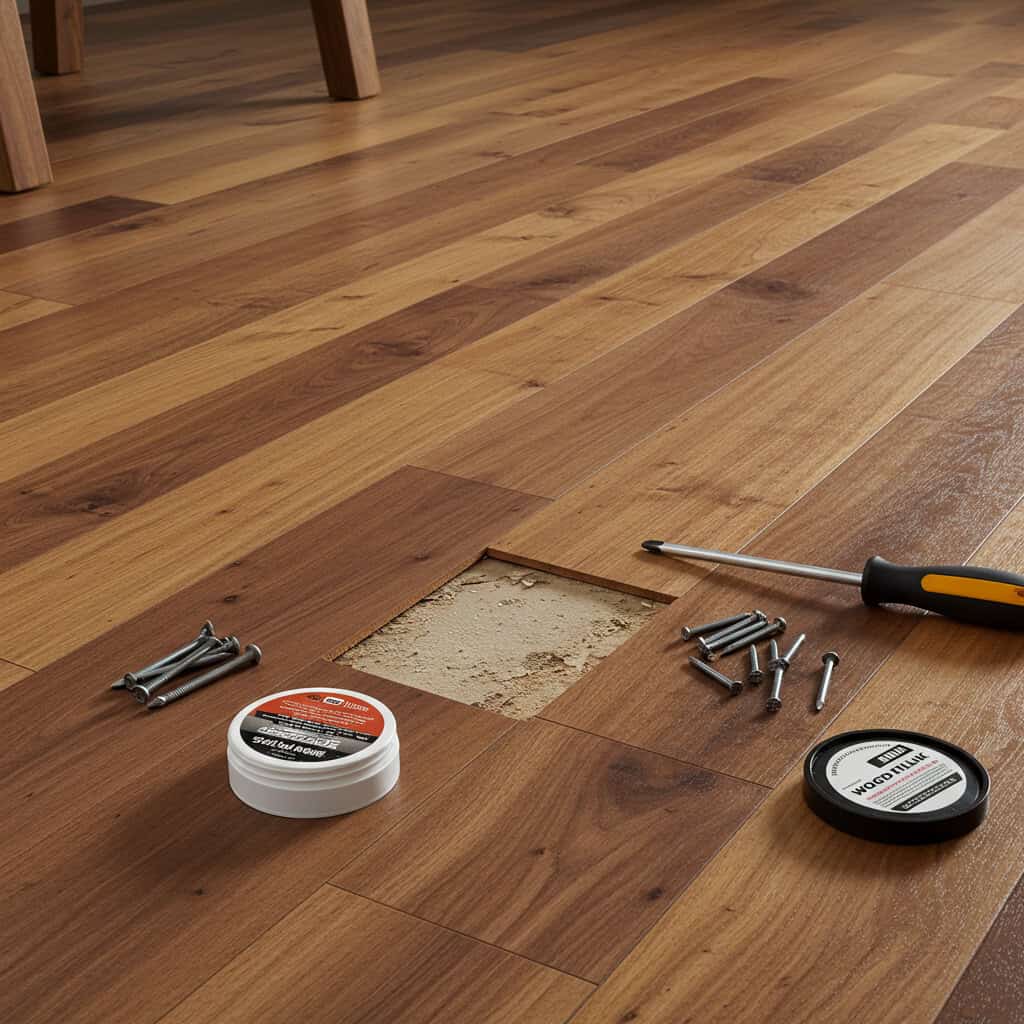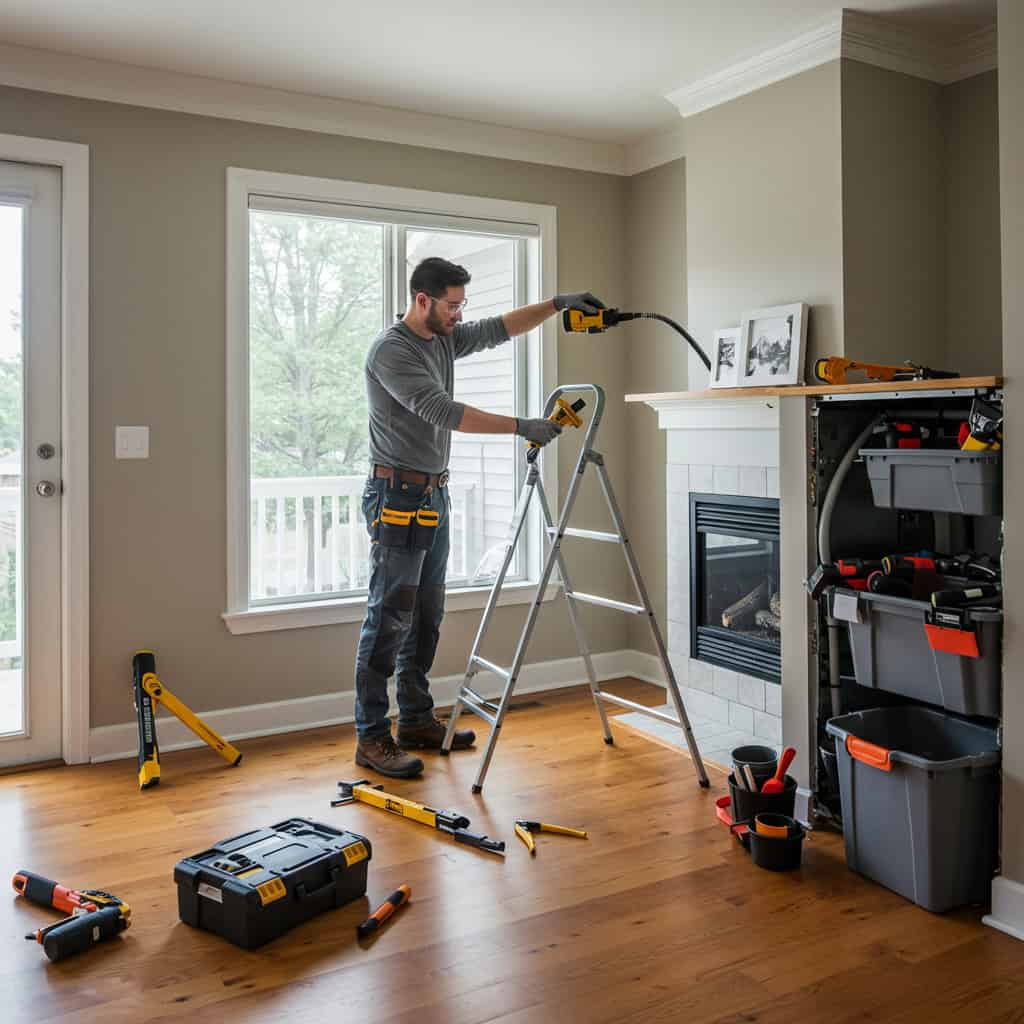Homeownership comes with its share of unexpected challenges, but learning to tackle basic repairs can make a world of difference. Developing these skills not only saves money on professional services but also helps prevent minor issues from becoming major disasters. More importantly, being able to fix common household problems boosts self-confidence and provides peace of mind. For more on why DIY home maintenance matters, visit Family Handyman.


